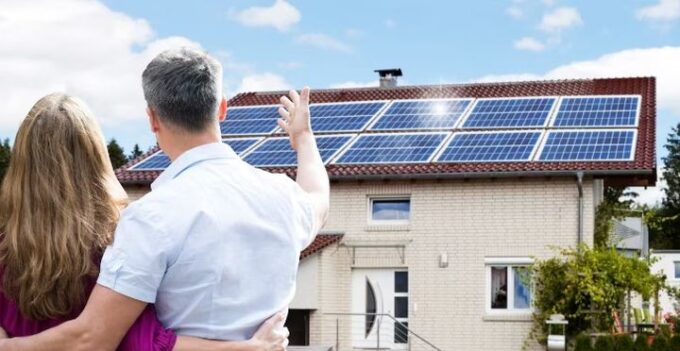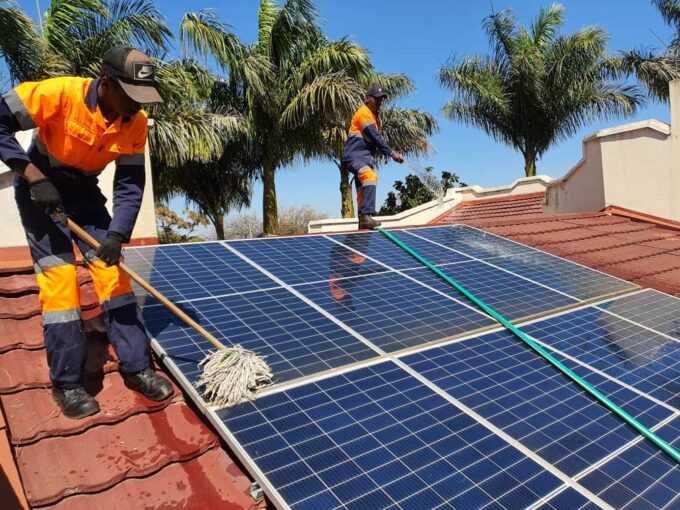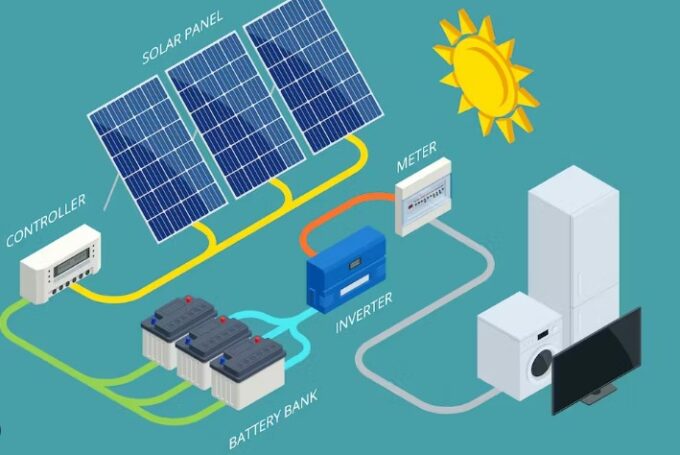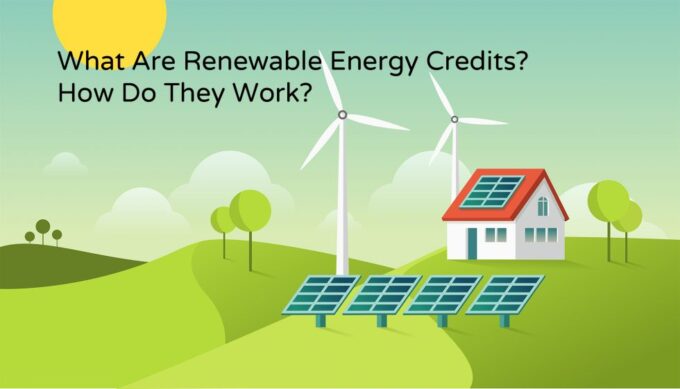Installing solar panels on your roof is a significant investment that can pay off for years through lowered electric bills and reduced carbon footprint. But to get the most bang for your buck from the system, it’s important to optimize the solar setup and your household energy use.
Choose the Right Solar Panel Setup

Source: theconversation.com
The orientation, angle, and size of your solar array can have a major impact on energy production. Here is how to configure the system for optimal output:
In the northern hemisphere, angling panels to face direct south allows maximum exposure to the sun’s path across the sky. Even a partially south-facing roof can produce ample energy if oriented properly.
For fixed rooftop arrays, tilting panels at your latitude’s angle maximizes annual energy yield by matching the sun’s angle. Adjust the tilt angle seasonally if your roof allows it to further optimize.
Shading from trees, chimneys, or other buildings dramatically cuts solar energy production, so pick an open, shade-free roof area and trim back encroaching trees.
Design your system to produce more energy than you currently use. This will offset future increased usage as family and appliances grow and allows for panel efficiency changes over decades of use.
A properly aligned, angled, and sized solar array ensures you maximize energy production from your roof space throughout the year. Proper design is key.
According to the experts over at Vivint Solar, small tweaks and smart energy habits can help you maximize savings from your home’s solar panel system.
Maintain Efficient Solar Panels

Source: medium.com
To keep your solar panels performing at their peak, schedule cleanings twice a year to remove accumulated dirt, dust, and debris. Use cleaning tools designed specifically for solar panels to avoid scratching the glass. Also check frequently for any damage to panels, loose wiring connections, or mounting hardware issues and address promptly. Well-maintained solar panels generate more power year after year.
Monitor Your System’s Production
Keep close tabs on your solar energy system’s output through your inverter software interface. Most solar inverters have an associated phone app allowing real-time performance monitoring. Review weekly and monthly production numbers to verify your system is generating expected levels of power.
Significantly decreased output could indicate panel damage, wiring problems, or other issues needing correction. Monitoring ensures you are getting the maximum return on investment from the system. Alert your solar installer of any concerning production dips.
Upgrade to Energy-Efficient Appliances
The less electricity you use in your home, the more of your solar energy you can export back to the grid for credit. Upgrading to Energy Star certified major appliances can reduce home electricity demand by 20-30%. Target appliances you use frequently:
- Refrigerator – One of the biggest electricity draws.
- Clothes washer/dryer – Choose efficiency-rated models.
- Dishwasher – Look for an Energy Star model.
- HVAC system – Upgrade to a high-efficiency system.
Also swap all light bulbs for LEDs and add smart power strips to cut phantom loads. Reducing wasted energy maximizes how far your solar panels’ output can go toward powering your household.
Shift Usage to Solar Production Times
To get the most out of your solar investment, shift flexible electricity usage to coincide with peak production hours. Use large appliances and charge electric vehicles midday when the sun is strongest. Delay running the dishwasher, washing machine, and clothes dryer until afternoons.
Programmable and smart home devices help automate this timing. You can even adjust EV charging to start when solar production spikes on sunny days. Making usage match output reduces the power you need to pull from the grid.
Consider Battery Storage

Source: unboundsolar.com
Adding solar battery storage allows you to stockpile extra energy generated midday for use anytime. Stored solar energy can then be used to power your home and appliances overnight when solar panels arenot actively producing. This increases self-consumption of the solar power you produce.
With enough battery capacity, you can even disconnect from the grid entirely and live fully off your solar energy. Though still an investment, today’s solar battery options make on-site storage more affordable and accessible than ever.
Leverage Time-of-Use Rates
Many electric companies offer time-of-use rate plans that charge different rates depending on the time of day and local energy demand. Rates are highest midday when demand peaks and lower overnight when demand is reduced. Switching to a TOU plan allows you to export the majority of your solar energy to the grid during expensive peak hours and pull cheaper power overnight. This optimization saves more money with your utility.
Earn Bill Credits for Exports
Even if you don’t have battery storage, you can earn dollar-for-dollar bill credits in some states by exporting excess solar energy back to the utility grid. At the end of each month, your credits offset power drawn from the grid overnight or during low-production times. This billing arrangement essentially allows the grid itself to serve as your battery. Taking advantage of bill credits provides additional savings.
Tax Incentives & Rebates
Check federal and local incentives for renewable energy in your area. The federal solar tax credit allows you to deduct up to 30% of your solar installation costs from your tax bill. Some utilities also offer rebates to encourage solar adoption and reduce grid demand. Stack savings by combining available tax credits and rebates when installing your system.
Selling Solar Renewable Energy Credits

Source: harvestsunsolar.com
In selected electricity markets, you may be able to sell your solar Renewable Energy Credits (RECs) back to your utility. RECs provide a way to get additional value from your solar energy production. The extra income from REC sales provides another way to maximize your solar investment return.
Conclusion
With smart planning and usage habits, a home solar system can pay for itself faster than you think while also benefiting the environment. Stay on top of your system’s performance and employ some of these savings-boosting tips. A strategic approach to solar ensures you’re making the most of every ray of sunshine hitting your panels.

